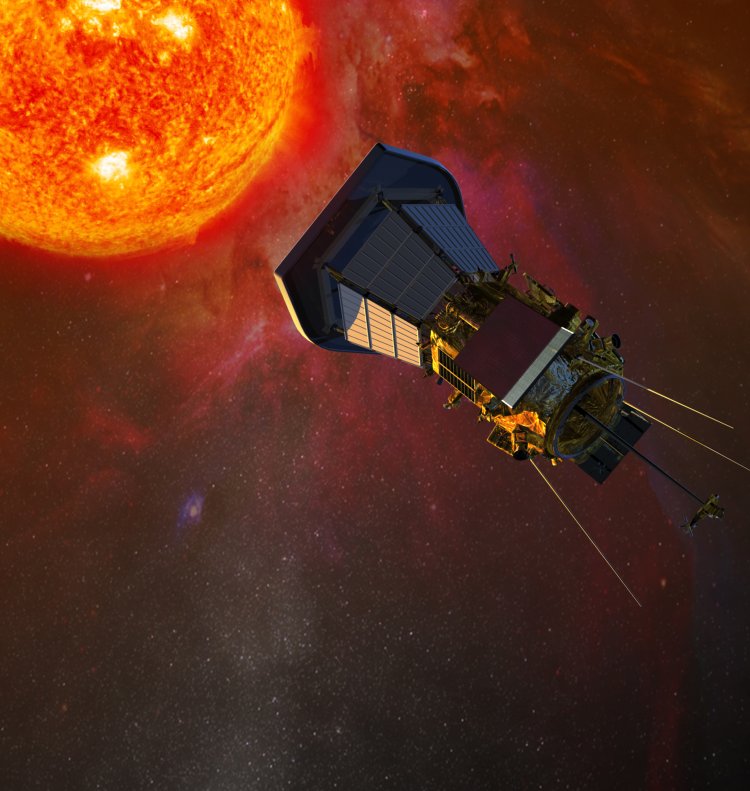Can NASA Really Reach The Sun?

NASA (National Aeronautics and Space Administration) is an agency in the United States, gives the latest news related to space and aeronautics and is involved with detailed research in these respective areas to better the world for humanity. It is also involved in creating satellites that further help various scientists in their different and vivid areas of research.
NASA not only is limited to theoretical research but also has a variety of missions generating leads in many varied areas. Such missions help millions of researches in advanced fields by knowing more about many things in this universe. A few of on-going missions of NASA are;
- International Space Station
- Hubble Space Telescope
- Curiosity Rover
- Parker Solar Probe
- OSIRIS-Rex
- Juno
- InSight Mars Lander
- Commercial Crew Program
- James Webb Space Telescope
There are various other missions as well wherein the agency is trying to explore new arenas all around and outside the world. NASA works to find more data that can improve our lives immensely for present-day needs as well as the future.

The mission of Parker Solar Probe
One of the most significant missions of NASA is Parker Solar Probe. This mission includes going near to the most significant star that we have ever known; the sun. It will undoubtedly be the nearest that has ever been to this star, travelling across its radiations and the immense heat that the star produces. This will quite significantly increase our understanding of the sun like never before.
The study of this mission
This research is being carried out mainly to extend our knowledge for knowing how the solar heat and solar energy travel through the solar corona. It will also try to explore how solar winds work and what is the acceleration behind them. It is also crucial to know the energy that powers these kinds of solar particles. These questions have been hanging for a very long time span. These remain unanswered for over a period of sixty years. The scientists have come to the conclusion that these answers can only be answered by flying into the external most layer of atmosphere of our star- the sun.

Facts about Parker Solar Probe
- Launch: Aug. 12, 2018
- Launch Site: Cape Canaveral Air Force Station, Florida
- Launch Vehicle: Delta IV-Heavy with Upper Stage
- Parker Solar Probe will circle around the sun with a speed of 430,000 mph (700,000 kph).
- When it will be quite near the surface of the sun, its front of the solar shield has the capacity to face temperatures until 2,500 F (1,377 C).
- This spacecraft’s payload will be on room temperature.
- On the arrival of the last three orbits, it will fly inside as deep as 3.8 million miles inside the surface of the sun.
- This will be more than 7 times nearer to the earth’s surface as compared to the current record being held. It was made by the Helios 2 spacecraft. It travelled a distance of twenty-seven million miles in the year of 1976.
Future of Parker Solar Probe
When this probe is launched in the space, it will open up various possibilities for mankind. It is a means to study more about the atmosphere of the sun. It will also go closer than any other instrument has ever been sent to the sun. It has been built in a way to tackle the heat as well as pressure. If successfully launched, it can bring new data for mankind to study this star that has been our vital source of energy from the origin of the earth. Studying the outer atmosphere can also help find other ways to study the star, its composition, etc. In the near future, it might also help us study it in more detail by going even further inside opening up various dimensions to study. The sun has been a source of energy for millions of years and studying it can cause many dimensions to open.
Conclusion
These kinds of research missions carried out by NASA happen to build a future where we learn even more about the space around us. It builds a world for various possibilities that can increasingly help mankind to progress further. Studying the sun has been an on-going process for a very long time. Getting to know it better, can surely help us in various different ways.















































